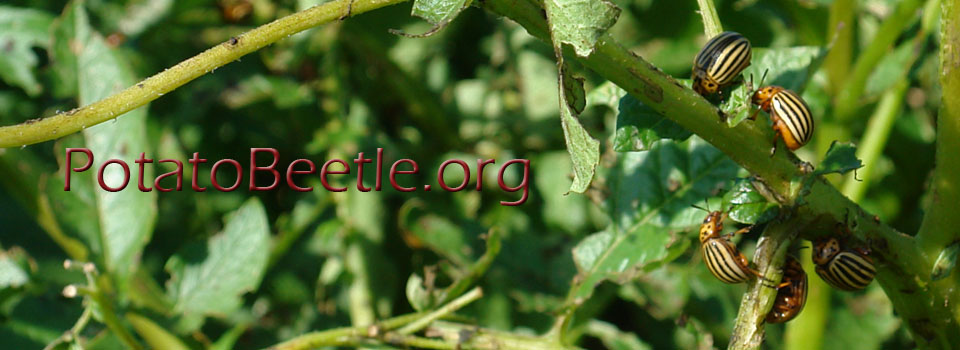Tajmiri P, Fathi SAA, Golizadeh A, Nouri-Ganbalani G. Int J Pest Manage. 2017;63(4):273-279.
Intercropping systems are practiced to reducing pest density, enhancing predator's diversity and stabling crop yield. We evaluated the effect of strip-intercropping potato and annual alfalfa on populations of Leptinotarsa decemlineata (Say), predator's biodiversity and potato yield over two seasons (2014 and 2015). Our results revealed that the densities of egg masses, eggs, larvae and adults of Colorado potato beetle (CPB) were significantly lower in intercrops than in monoculture. The main CPB predators recorded on potato plants (ladybirds and the green lacewing) showed a significant increase in the density at each of the three intercrops than in monoculture. The percentage of dry tubers weight loss was 40.9%-42.6% in monoculture, 16.3%-18.7% in 6P: 2A and <10% in 2P: 2A and 4P: 2A in two studied years. Our results suggest that strip-intercropping potato with annual alfalfa, particularly in 2P: 2A and 4P: 2A patterns may be an effective way in integrated management of CPB for reducing pest density, enhancing the presence of predators in potato fields and improving potato yield.
